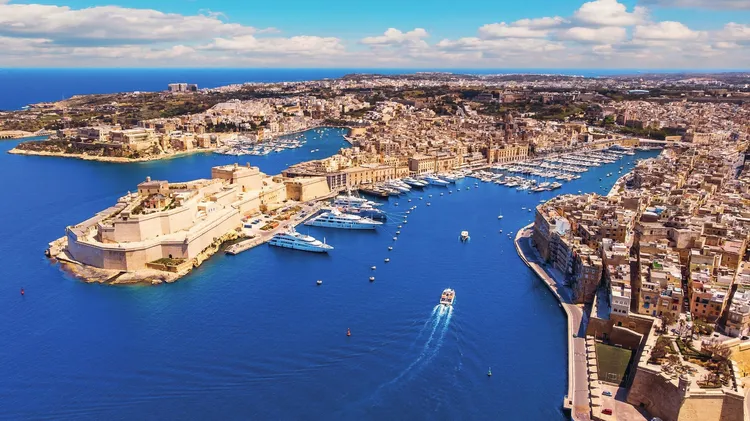Anthony Bale offers eight sage pieces of advice for those plannin
The a to bof medieval travel
11 min read
This article is from...
Read this article and 8000+ more magazines and newspapers on Readly






